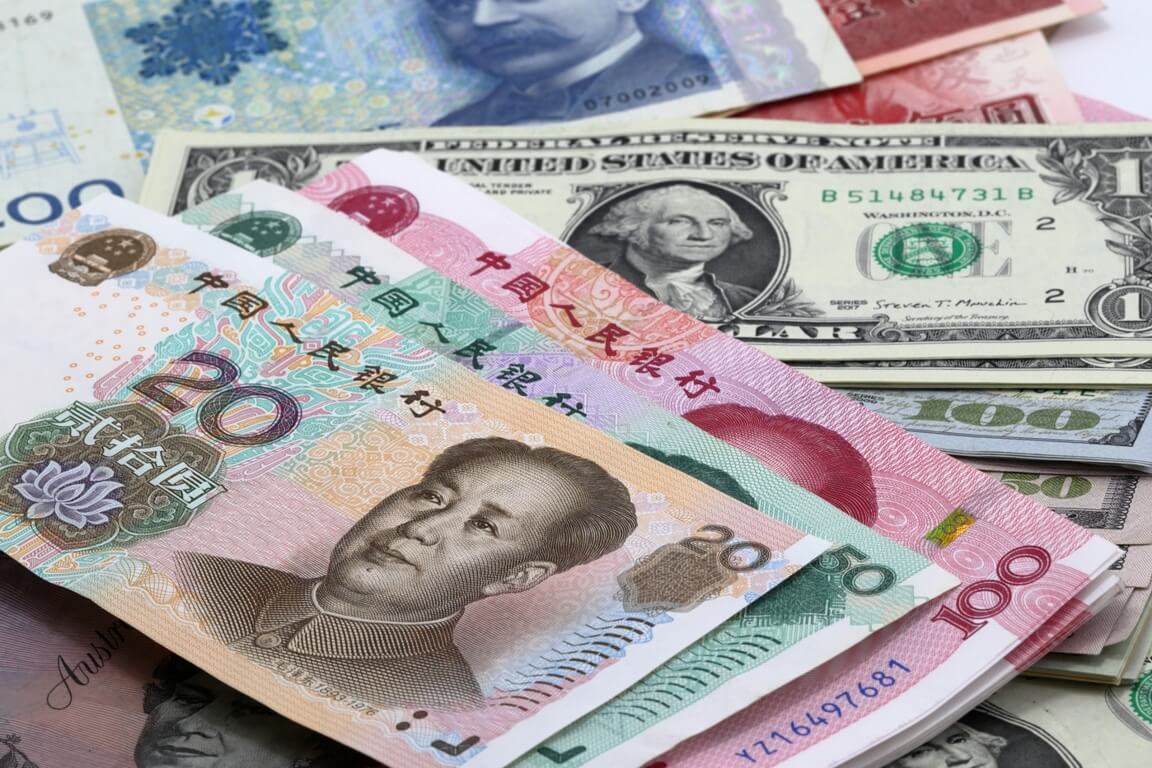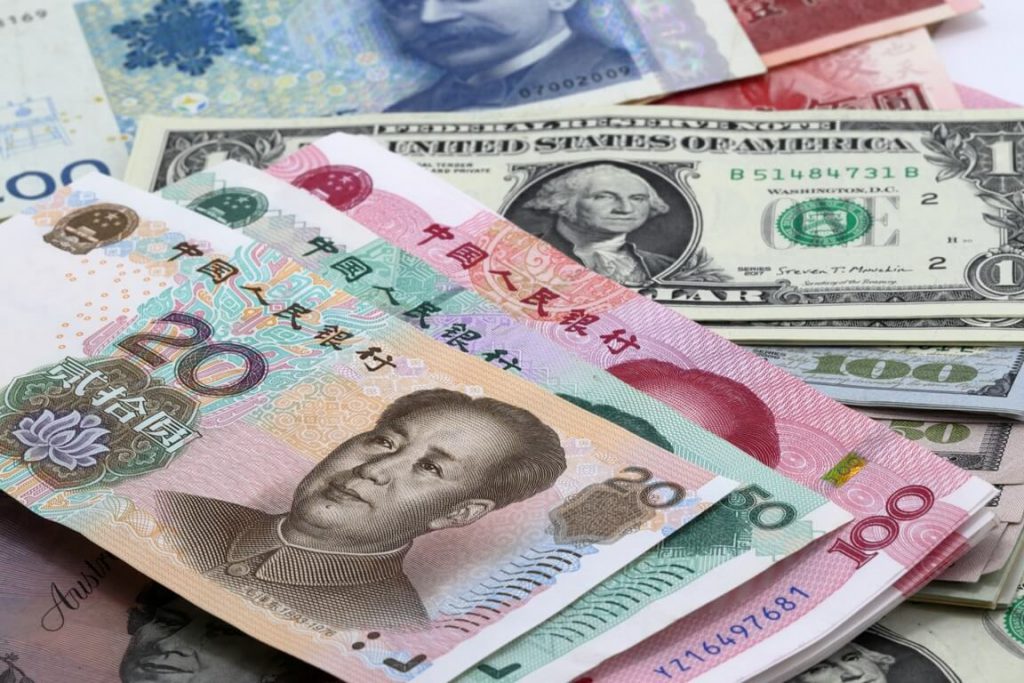
China’s yuan eases
On Tuesday, China’s yuan fell against a stronger dollar after Federal Reserve Chair Jerome Powell stated that the US central bank must move “expeditiously” to raise interest rates, taking a more assertive stance than markets had anticipated.
The dollar (DXY) strengthened, and Treasury yields rose across the curve after Powell said on Monday that the Fed must raise rates, possibly “more aggressively,” to prevent an upward price spiral from becoming entrenched.
The People’s Bank of China (PBOC) set the midpoint rate (CNY=PBOC) before market open at 6.3664 per dollar, 13 basis points higher than the previous fix of 6.3677 but 29 basis points lower than Reuters’ estimate of 6.3635.
The onshore yuan (CNY=CFXS) opened at 6.3616 per dollar and traded at 6.3639 at midday, 71 pips weaker than the previous late session close.
On Tuesday morning, the one-year dollar/yuan swap points (CNY1Y=) fell to 870, the lowest level since June 2020, while the yield difference between China’s benchmark 10-year government bonds (CN10YT=RR) and their US counterpart (US10YT=RR) fell below 50 basis points for the first time in three years. China’s government vowed to increase policy support for the economy and use monetary policy tools to keep credit expansion at an appropriate pace.
Trading volume had decreased this week as many market participants in Shanghai, the country’s financial hub, have been forced to work remotely as the city maintains social distancing curbs in the face of record-high numbers of locally transmitted COVID-19 asymptomatic cases.
Investors watch Ukraine’s situation
Global equities rose on Tuesday as investors focused on the Ukraine conflict and inflationary risks such as rising energy prices.
In early trading, European benchmarks rose, while Asian benchmarks finished higher. The CAC 40 in France rose 0.1 percent to 6,587.92. The DAX in Germany rose 0.4 percent to 14,382.47. The Dow industrials futures were 0.3 percent higher, while the S&P 500 futures were 0.2 percent higher.
The Russian war on Ukraine and Western sanctions against Russia raises concerns about disruptions in energy supplies for Europe and rising prices, which could hinder progress toward economic recovery from the pandemic.
The US dollar reached a six-year high against the Japanese yen in currency trading, breaking through the 120 yen mark and trading at 120.42 yen by late afternoon, up from 119.47 yen.
A growing interest rate differential between the United States and Japan, where the central bank’s key interest rate is minus 0.1 percent, pushes the dollar higher against the yen. It benefits export manufacturers but raises the cost of Japanese imports of critical necessities such as oil and gas.
The euro is now worth $1.0991, down from $1.1016.
In electronic trading on the New York Mercantile Exchange, benchmark US crude fell from $1.12 to $111.00 per barrel. Brent, the international benchmark, fell 87 cents to $114.75 per barrel.


